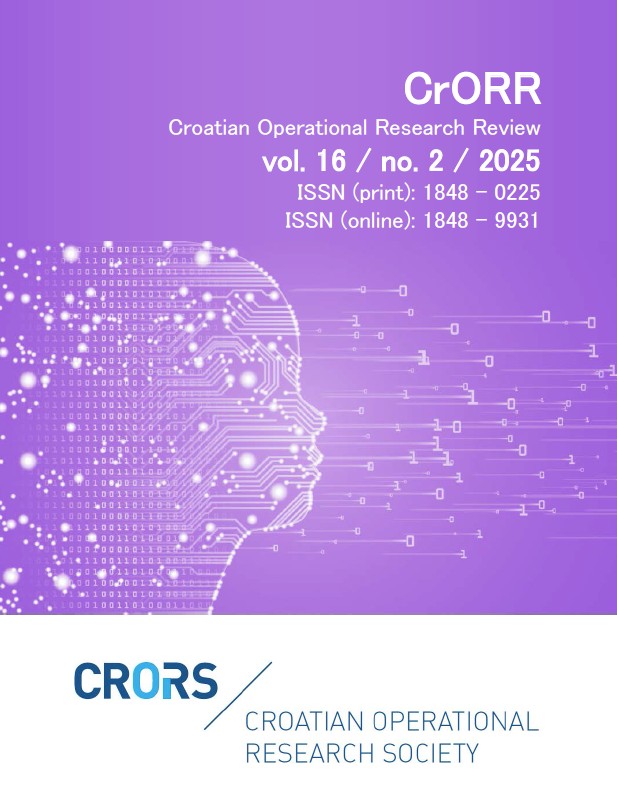Numerical methods for checking the stability of gyroscopic systems
Abstract
Gyroscopic mechanical systems are modeled by the second-order differential equation
\begin{equation*}\displaystyle M \ddot x(t) + G\dot x(t) + K x(t) = 0,
\end{equation*} where \(M\in\mathbb{R}^{n\times n}\) is a symmetric and positive definite matrix, $G \in\mathbb{R}^{n\times n}$ is a skew-symmetric ($G^T=-G$) matrix, and $K\in\mathbb{R}^{n\times n}$ is a symmetric matrix, representing the mass, gyroscopic, and stiffness matrices, respectively. The stability of such systems, which is the primary topic of this paper, is determined by the properties of the associated quadratic eigenvalue problem (QEP)\begin{equation*}
{\mathcal G}(\lambda)x=(\lambda^2M+\lambda G+K)x=0, \quad x\in\mathbb{C}^{n},\ x\not=0.
\end{equation*} In this paper, we provide an overview of various linearizations of the QEP and propose numerical methods for checking the stability of gyroscopic systems based on solving the linearized problem. We present examples that demonstrate how the use of numerical methods provides a significantly larger stability region, which cannot be detected using the considered non-spectral criteria, or verify stability in cases where non-spectral criteria are not applicable, highlighting the advantages of numerical methods.
Downloads
Published
Issue
Section
License
- Authors retain copyright and grant the journal right of first publication with the work simultaneously licensed under a Creative Commons Attribution License that allows others to share the work with an acknowledgement of the work's authorship and initial publication in this journal
- Authors are able to enter into separate, additional contractual arrangements for the non-exclusive distribution of the journal's published version of the work (e.g., post it to an institutional repository or publish it in a book), with an acknowledgement of its initial publication in this journal.
- Authors are permitted and encouraged to post their work online (e.g., in institutional repositories or on their website) prior to and during the submission process, as it can lead to productive exchanges, as well as earlier and greater citation of published work (See The Effect of Open Access).


